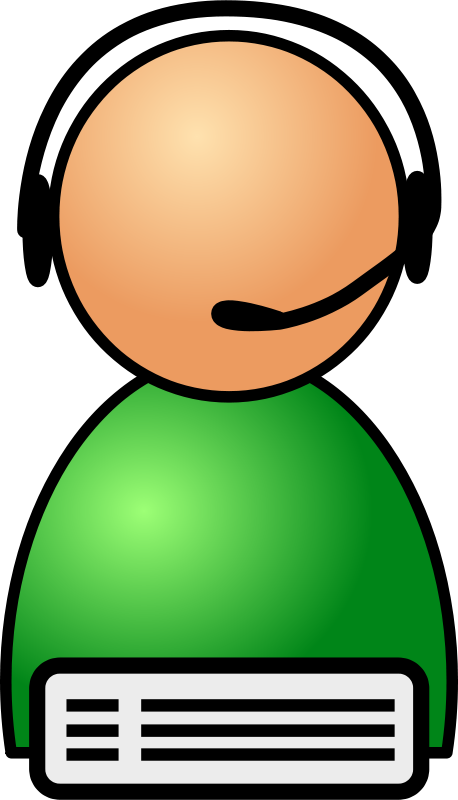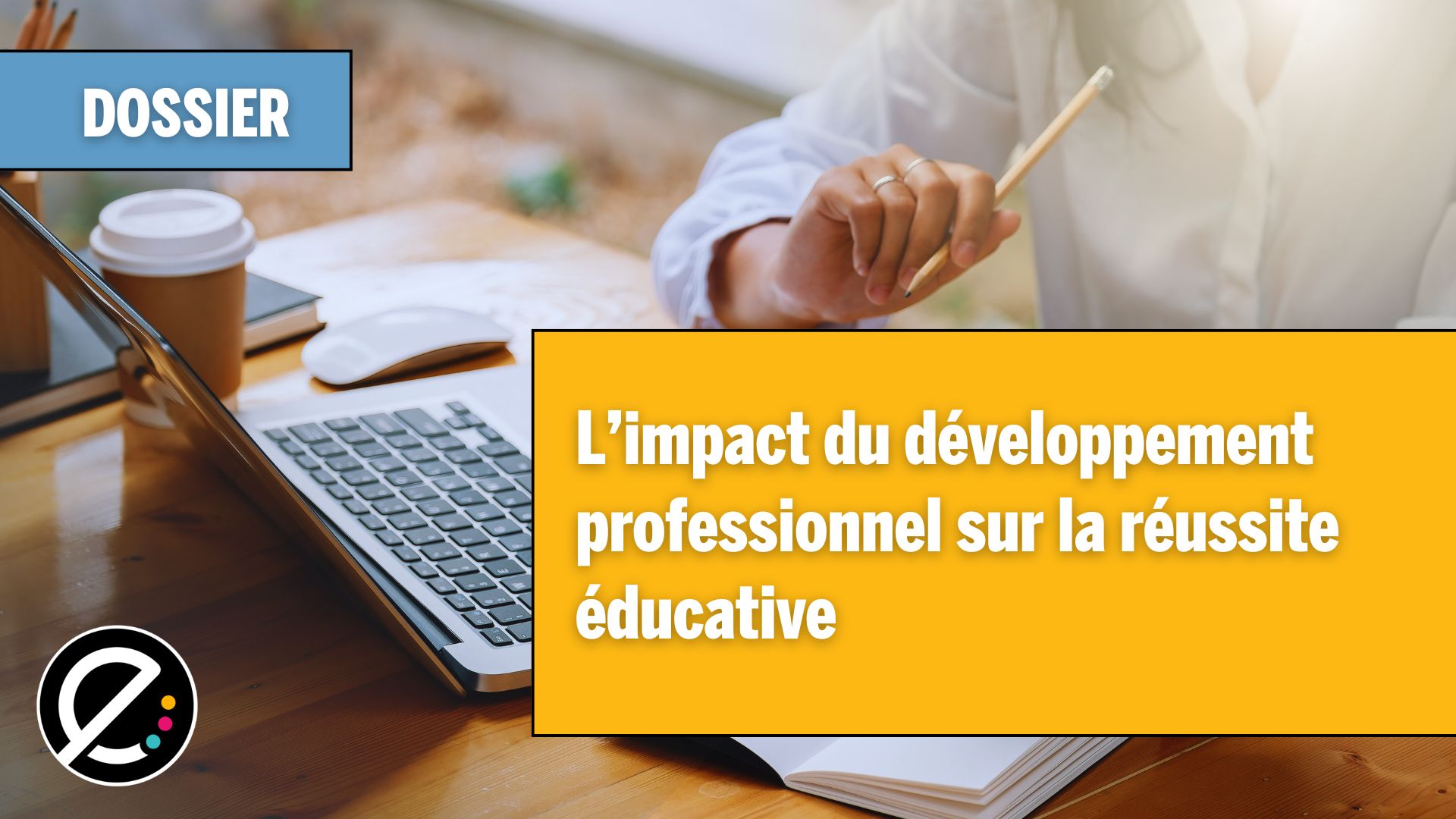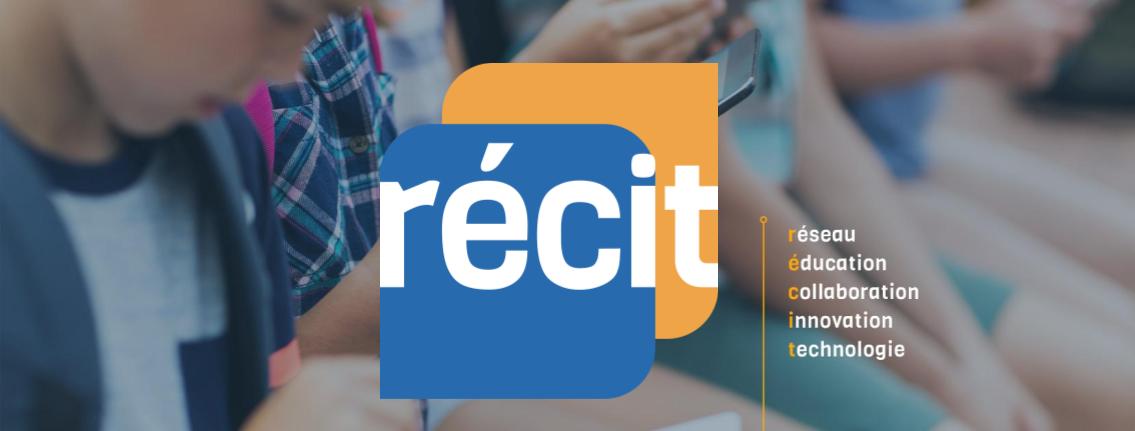La puissance sans cesse grandissante des ordinateurs permet des applications autrefois impensables. Au-delà des aspects techniques, force est de constater que l’intelligence artificielle peut également jouer de nombreux rôles en éducation.
Il y a peu de temps, nous parlions de l’impact de Google sur la mémoire. Comme le disent plusieurs observateurs des technologies, la puissance des ordinateurs et des téléphones intelligents double très rapidement. Nous avons donc accès à des appareils toujours plus rapides et de plus en plus puissants, ayant une capacité de calcul de plus en plus phénoménale.
Il y a quelques années, j’ai eu la chance de visiter le Mammout de l’Université de Sherbrooke. À l’époque, ce super ordinateur était le plus rapide au Canada. À quoi pouvait bien servir un ordinateur aussi rapide? La personne en charge du projet nous expliquait alors que plusieurs compagnies automobiles utilisaient cet ordinateur pour calculer virtuellement l’impact de l’air sur des modèles de voiture en développement. Ils créaient une image de la voiture et envoyaient une masse d’air virtuelle sur celle-ci. Pourquoi ne pas faire ces tests d’aérodynamique dans une soufflerie avec un prototype? Premièrement, on évite la construction dudit prototype, et deuxièmement, ce super ordinateur peut calculer la trajectoire et la vitesse de chaque molécule d’air de l’avant vers l’arrière de la voiture. On ouvre ainsi un monde de possibilités, et ce n’est qu’un exemple d’application pratique d’un ordinateur superpuissant.
Un autre aspect important de cette monté en puissance des ordinateurs est le développement de l’intelligence artificielle. Il y a peu de temps, Google a acheté la compagnie DeepMind, qui se spécialise dans le développement d’algorithmes d’apprentissage automatique. Google a aussi annoncé un partenariat avec la Nasa pour le développement du Quantum Artificial Intelligence Lab. Ce laboratoire a pour but le développement d’ordinateurs quantiques qui calculeront des quantités phénoménales de données. Tout cela est bien beau, mais quel est le lien avec l’éducation?
On trouve quelques réponses dans l’article 10 Roles For Artificial Intelligence In Education de Terry Heick du blogue TeachThought. Voici entre autres 5 rôles que l’intelligence artificielle va jouer dans les écoles d’un futur pas si lointain. Comme on peut le voir, certaines révolutions sont même déjà bien entamées!
1) Automatiser l’évaluation
Il existe déjà plusieurs applications comme Socrative et eClicker permettant de créer des questions à choix multiples qui se corrigent automatiquement. De plus, la majorité des plateformes d’apprentissage comme Didacti, Moodle, Khan Academy et Netmaths offrent des questions autocorrectives ou des outils pour en créer. Dans un futur proche, des outils pourront éventuellement corriger des réponses courtes et même des questions à développement. Moins de correction signifie plus de temps pour accompagner les élèves!
2) S’adapter aux besoins de l’élève
Cette technologie existe déjà sur la plateforme américaine Khan Academy. L’élève répond à des questions autocorrectives en lien avec la matière, et, en cas de difficulté, le système lui envoie d’autres questions ou plus d’explications pour l’aider. Ceci veut donc dire que l’apprentissage individualisé pourrait devenir beaucoup simple avec des outils de ce type.
3) Proposer des améliorations à l’enseignant
Imaginez un outil d’apprentissage qui permette de monter les cours et qui, en plus, fasse des propositions d’amélioration selon la réussite ou les difficultés des élèves qui le suivent! Ceci n’est pas de la science-fiction puisque la plateforme Coursera a déjà mis en place un système de ce genre.
4) Être un tuteur virtuel pour l’élève
La valeur humaine d’un tuteur est loin d’être contestée et le remplacement de celui-ci par un système entièrement automatisé n’est pas pour bientôt. Par contre, certains développements ont été réalisés en mathématiques, où une sorte du tuteur virtuel accompagne l’élève dans l’acquisition des concepts de bases.
5) Sortir l’apprentissage des murs de la classe
Plus les systèmes informatiques seront performants, plus l’apprentissage pourra se réaliser à l’extérieur des murs de la classe. Ceci annonce-t-il la mort de l’école? Probablement pas, puisque l’enseignant représentera toujours un guide pour aider l’élève à développer ses opinions et à valider l’information. Par contre, l’enseignant ne pourra plus se tenir devant une classe d’élèves passifs!
Plus près de chez nous, l’entreprise québécoise Ellipse Synergie développe un portail, appelé Echo, qui vise à soutenir la persévérance scolaire des élèves et à les outiller en cas d’intimidation. En effet, l’interface peut dialoguer avec un jeune victime ou témoin d’intimidation et le conseiller sur la façon de dénouer les conflits ou d’obtenir l’aide appropriée. Il est présentement à l’essai notamment dans des écoles des commissions scolaires des Rives-du-Saguenay et des Samares.






